Dealing with death on a daily basis
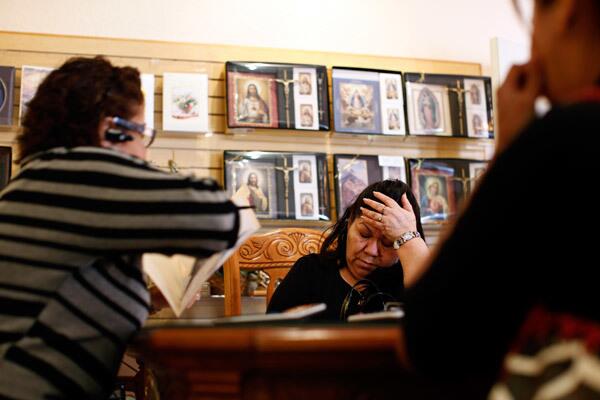
Castañeda helps Maria Cruz Morfin, center, make funeral arrangements for her father, Felix Morfin. Castañeda associates death with suffering and does whatever she can to hide its signature: the evidence of an injury or a medical procedure. Sometimes she just needs to erase its pallor.
See full story (Liz O. Baylen / Los Angeles Times)

A rosary lies on a desk in the Lynwood office of Douglass Family Mortuaries. Castañeda has worked for the Douglass family for 25 years, and by her estimate has helped arrange more than 5,000 funerals.
See full story (Liz O. Baylen / Los Angeles Times)
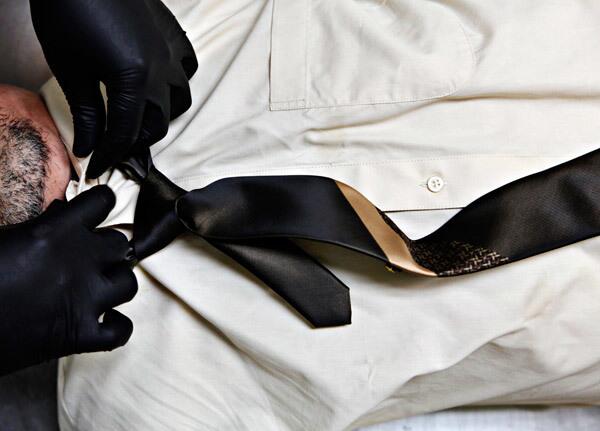
Mortuary worker Cruz Guangorena carefully buttons the collar on Juan Antonio Reyes Villatoro’s shirt before his viewing.
See full story (Liz O. Baylen / Los Angeles Times)
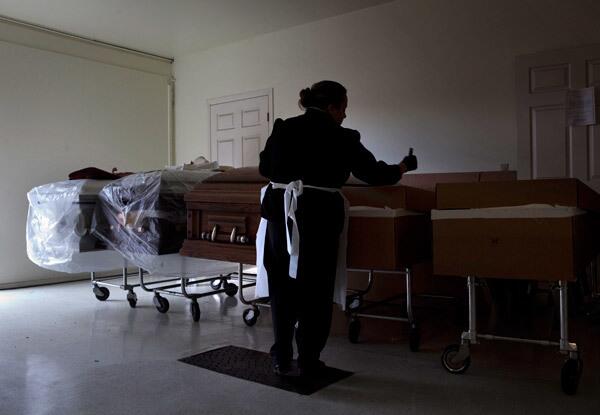
Jackie Martinez, a memorial counselor, works in the back room of the Douglass Family Mortuary, where the bodies are received and prepared for services.
See full story (Liz O. Baylen / Los Angeles Times)
Advertisement
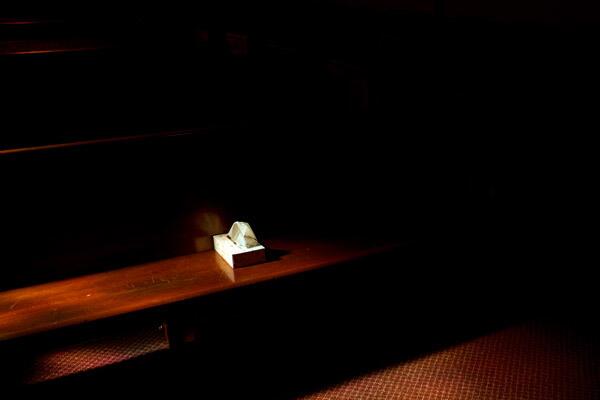
Before each funeral service, Castañeda makes sure there are boxes of tissue on the pews. She knows this work is her calling -- a gift, she says, an ability to care for the living and the dead.
See full story (Liz O. Baylen / Los Angeles Times)
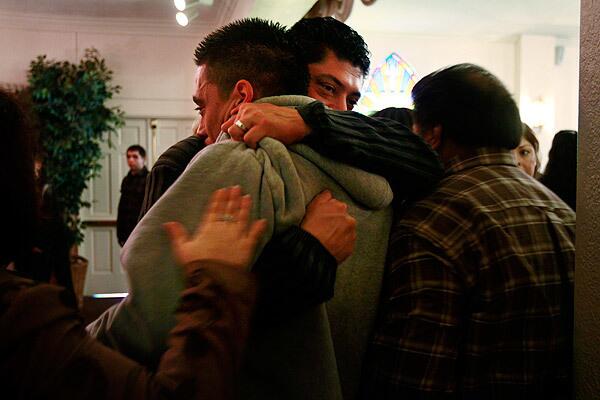
Luis Reyes, 22, his back to the camera, is hugged by friends and family during a service for his uncle, Juan Antonio Reyes Villatoro. Most people try not to think about death, but Castañeda lives with it every day. When friends ask about her work, she often tears up, recounting the emotions of a job that brings her so quickly into the lives of families when they are most vulnerable.
See full story (Liz O. Baylen / Los Angeles Times)
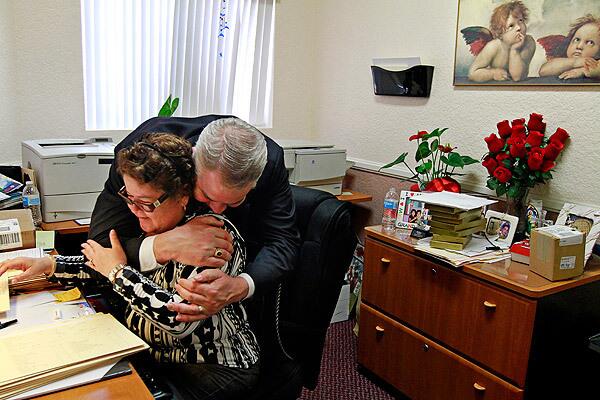
Castaneda gets a hug from Sean Douglass, who oversees mortuary operations. His father Sam’s family started the business in the late 1920s.
See full story (Liz O. Baylen / Los Angeles Times)
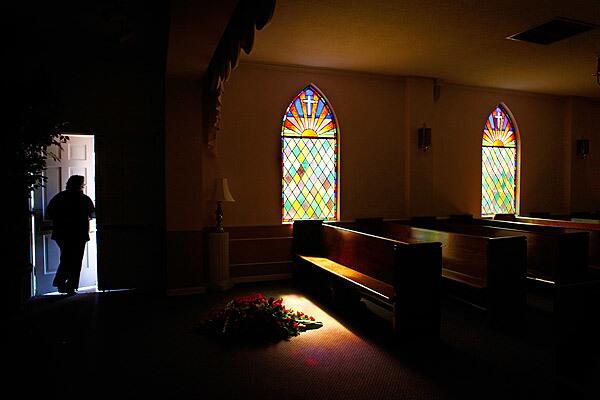
Castañeda prepares for a funeral. She is often the first to arrive in the morning, swinging open the iron gate and unlocking the oak doors to the peach-colored building.
See full story (Liz O. Baylen / Los Angeles Times)







